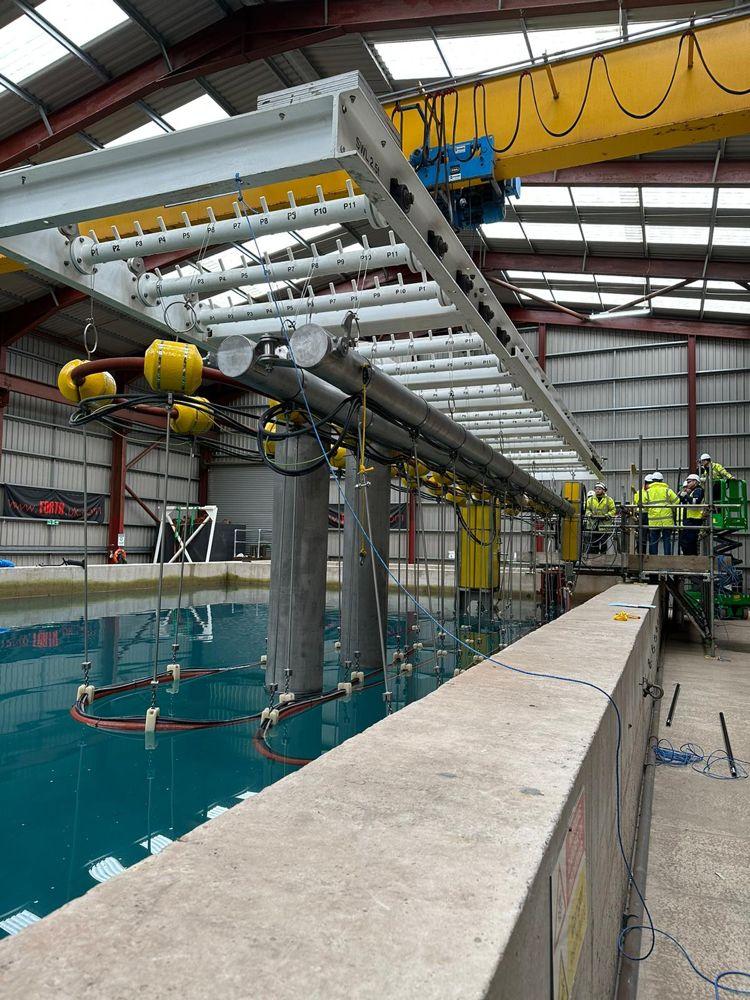
For example, the Legacy Ponds and Silos (LP&S) at Sellafield represent some of the most complex and difficult decommissioning challenges in the world, and they remain the highest risk in the NDA estate. They date back to the very start of the nuclear industry and were constructed during the Cold War, when secrecy was paramount and safety was not a priority. As a result, decommissioning the LP&S at Sellafield is a complex task which remains a top priority for the NDA. Over some 65 years, sludge, formed from decaying nuclear fuel, natural growing algae and other debris, has accumulated in these ponds and must be removed before the facility can be safely decommissioned.
Using the new technique, TDA representatives will attach a Bulk Sludge Retrieval Tool (BSRT), which operates like an industrial hoover, to a 40-metre “umbilical”, making it possible to retrieve the sludge. The procedure also involves the use of remotely operated vehicles to lock a hinged double boom arm in position. To test the new way of working, trials were undertaken at Forth’s DRF in Cumbria.
According to TDA Project Manager Scott Bond work at the site, which has been ongoing since 2010, “has been instrumental in reducing the inventory in the pond, which in turn reduces the overall risk”. He added that installation of the BSRT and the umbilical has the potential to be a game changer.
“Before implementing the practices live on-site, we need to be 100% certain that they are safe and effective, so the trials we carry out are absolutely essential,” he said. “Being able to successfully test the equipment at Forth’s DRF, particularly when it’s on our doorstep, was a Godsend for the project because we couldn’t find a facility big enough to host the trials; other than the open sea or a dock, but that brings with it more hindrances as the water is very corrosive.”
Using Forth’s indoor facility “meant we were able to successfully trial the methods and replicate site conditions on more than one occasion, ensuring the TDA installation team are familiar with the equipment, tooling and installation sequence, when the time comes to putting the learning into live action”.
The DRF, which can hold 1.2m litres of water, measures 22.5 metres long, 10 metres wide and six metres deep. It is the largest such facility in the north of England. To facilitate the tests, engineers at Forth designed and manufactured a frame to attach the equipment, and they provided access scaffolding and operators to deploy the equipment.
Graham Cartwright, the projects director at Forth, said: “It’s been great to be able to play a part in what is such a major development for the nuclear industry. Our DRF has time and again proved vital in providing wet testing for key projects.” The DRF is part of a £1.25m ($1.55m) investment, which allows businesses from a range of industries, including nuclear, oil and gas, marine and renewables, to carry out their research and development.